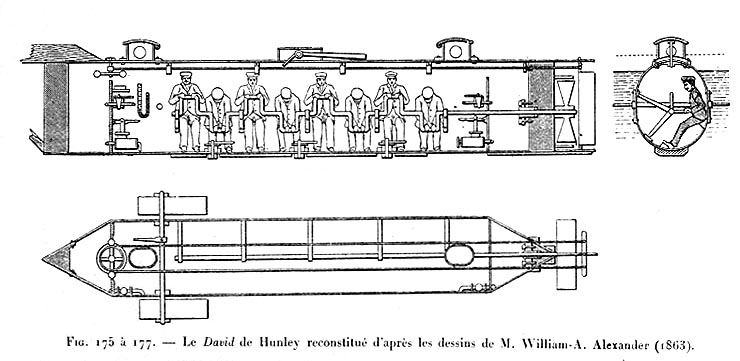Monday, June 3, 2013
Hiatus
Fair warning, this post is going into panel 3 territory.
When I started this blog, I imagined it as a fun little place to jot down some thoughts during my free time. Whether or not it shows, the amount of time I've spent writing posts here has ballooned over the last few months, and it's starting to take up a larger chunk of my time than I can rationally justify. Recently certain events (I'll be less coy when that seems prudent) have spurred to use my free time more mindfully, and I'm going to put posts here on hold for the time being until I get a few things sorted out. When posting comes back it will either be less frequent or less verbose, either of which will certainly be a good thing in the long run.
In the meantime, interesting things abound. If you're looking for some light reading, computational theory, particle physics, or the theological significance of human suffering are all good places to get started. Given that this is the internet, there's also always cats.
Sunday, June 2, 2013
Cabinet of Curiosities
From time to time in Renaissance Europe, members of the noble classes saw fit to collect objects that couldn't be well categorized at the time. Rooms that contained such objects were known as "cabinets of curiosities" or "cabinets of wonder" in English, or "kunstkammers" or "wunderkammers" (literally "wonder-rooms") in German. You can read more about them here:
Cabinet of curiosities
In modern times, it seems there's little that can fit on a rack or a wall that defies explanation. While unexplained and poorly-categorized things abound, from dark matter to turbulence to primordial black holes, none of these are very amenable to static display. In the 16th and 17th Centuries, by contrast, many kings and nobles kept collections of strange natural and archaeological artifacts (many of them hoaxes) as status symbols as much as sources of wonder or curiosity. It's difficult to imagine today the sense of puzzlement that the discovery of the new continents in America, Australia, and Antarctica caused the Europeans, and how alien our own planet must have seemed.
Interestingly, the Wikipedia article mentions some academic discussion of places on the internet (Youtube, for example) as present-day wunderkammers. The intent of this blog is somewhat aligned with the spirit of the wunderkammer, in the sense that it's a vague collection of interesting things with little connection other than that I found them alluring in some way. Your mileage may vary.
Hat tip to my celebrity crush, Leah Libresco, for introducing me to the concept of the wunderkammer.
Saturday, June 1, 2013
The H.L. Hunley
The first submarine to successfully sink an enemy ship accomplished her mission on the night of February 17, 1864. She was an experimental Confederate vessel engaging the Union sloop-of-war USS Housatonic, and neither ship survived the night. You can read more about her here:
H. L. Hunley
The Civil War occurred long before the advent of maritime nuclear propulsion and even practical internal combustion engines. With no viable alternatives, Hunley opted for human power in his machine, and the role of eight of the crew of 9 was simply to hunch over a giant crankshaft, turning it for hours to move the vessel just below the waves of the Atlantic. Clearly this is a marginal solution, but since the Hunley had no competition in the field of underwater warfare, it was groundbreaking nonetheless.
The Hunley's sinking of the Housatonic was a historic event, a harbinger of things to come in naval warfare, but to call the Hunley's operational experience problematic would be excessively charitable. She sank three times during her brief career, twice with all hands, doing more damage to the south than the north in the process. It's likely that the explosive charge planted on the Housatonic disabled the Hunley as well, sending her to the bottom before the crew could escape. Really, the technology just wasn't there in 1864 to make submarines truly viable for warfare, but the idea would never go away after this tenuous proof of concept.
Subscribe to:
Posts (Atom)


